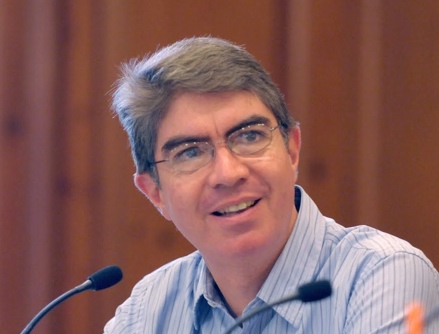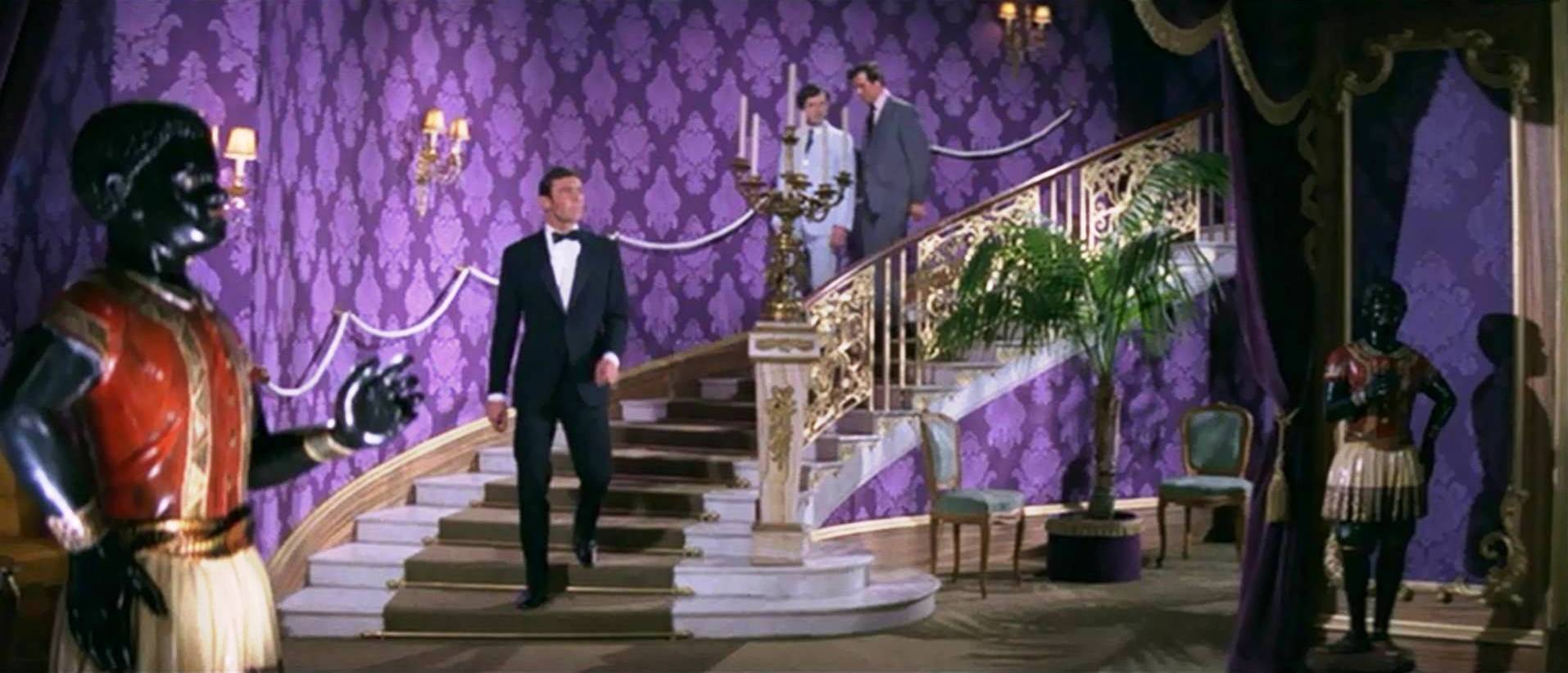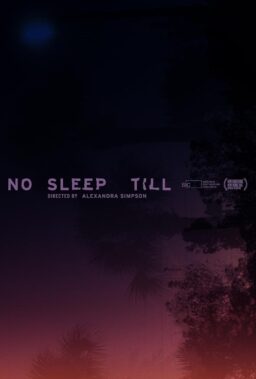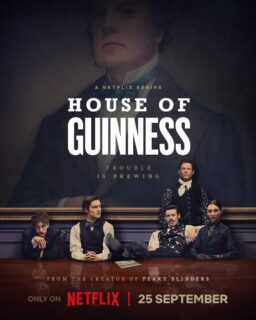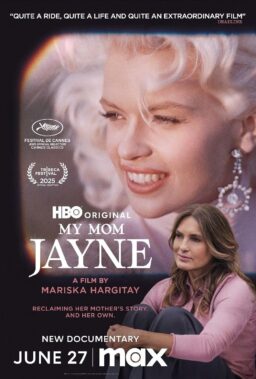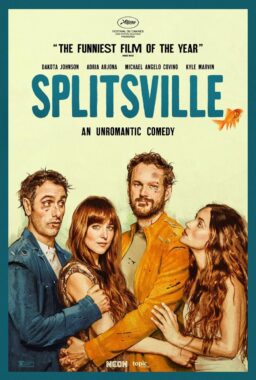“On Her Majesty’s Secret Service” (1969) is widely considered one of the best James Bond films. This was no small achievement considering that the series had just lost Sean Connery, its bona-fide star who was clearly born to play the role. His substitute was George Lazenby, a model and actor from commercials who had never appeared in a motion picture before and hasn’t been in many since. “On Her Majesty’s Secret Service” came immediately after “You Only Live Twice“, one of the most over-blown entries in the series (alongside “Moonraker” and “Die Another Day“) in which dozens of fighting ninjas gave the look of a video game of sorts. The filmmakers clearly made an effort to bring the character back to earth and to provide their script with some character development, something that not even the early greats (“From Russia with Love”, “Goldfinger“) had considered. The resulting entry has a unique feel among the early Bonds that wasn’t to be found again until the recent ones starring Daniel Craig.

“On Her Majesty’s Secret Service” deals with 007’s continuing pursuit of the villainous Ernst Stavro Blofeld, one that stretched through several of the earlier movies. The role was always played by a different actor in a radically different tone; occasionally bald and consistently fond of white cats. This particular head of S.P.E.C.T.R.E., as played by TV’s “Kojak”, Telly Savalas, is not the sinister creep with the unseen face of earlier movies, but rather a megalomaniac Goldfinger-inspired type who seems to have directly influenced the creation of Mike Myers’ Dr. Evil. He wants the world to pay a ransom or else he will spread a virus capable of destroying its crops, with the assistance of a team of unwitting beauties of all races (in what looks like the cast of a 1960s Miss Universe pageant). As Bond becomes involved with the complex Tracy Draco (Diana Rigg), he’ll unwillingly involve her in the action, resulting in two of the series’ most unexpected outcomes.
To make up for the lack of Connery, the script goes out of its way to provide Lazenby with plenty of lines to remind us that his Bond isn’t very different from the original. More than ever, he seems to be the ultimate expert on alcoholic beverages, gourmet foods and the use of witty lines in tense situations (Draco: “I didn’t think you’d accept a formal invitation.” Bond: “There’s always something formal about the point of a pistol!”). It’s also no surprise that Lazenby’s Bond turns out to be an expert knife-thrower as well as an Olympic-caliber skier the very first time he hits the slopes in the series. What is a little harder to digest is that this Blofeld turns out to be just about as good in the latter talent. “On Her Majesty’s Secret Service” is a relatively gadget-free 007 entry but it’s striking how Q Branch always comes up with just the perfect contraption for each mission. If Bond needs to crack a safety deposit box and copy the documents inside, Q will come up with the world’s first safe opener to ever include a Xerox photocopier! The series here reaches the point of becoming self-aware, with Lazenby addressing the camera and saying “This never happened to the other fellow” as he first fails to land his leading lady and, should his presence confuse anybody on whether this an actual 007 movie, there’s a credits scene that displays the greatest moments from previous entries, a janitor whistling the theme from “Goldfinger” and a sequence where Bond can be seen in his office, admiring mementos from past adventures.
The film fares reasonably well with Lazenby in the role. Its biggest problem can be summarized by what Roger always used to say: “Bond films are only as good as their villains”. This particular Blofeld’ and his “Angels of death” scheme are much campier than sinister, and too far-fetched to generate any kind of suspense. The infiltration of Blofeld’s clinic in the Swiss Alps by Bond and associates feels much too routine thanks to one of those typical battles we’ve seen time and time again, where the teams of good guys and bad guys launch grenades at one another while wearing opposite bright-toned suits for the sake of easy differentiation. Additionally, henchwoman Irma Blunt, an obvious Rosa Klebb wannabe, is nowhere near her predecessor’s sinisterly league. She looks like the moody matron at an all-girls dormitory more than anything else. There’s also the matter of having assigned Bond with a sidekick and sacrificial lamb Campbell (Bernard Horsefall) who’s only there as an excuse for Bond to become enraged with the villains once they inevitably dispatch him. It’s hard to become too attached with a character who doesn’t speak more than 20 words in the movie and exchanges no dialogue whatsoever with Lazenby.

The movie also has its share of the usual absurdities. In order to pass undercover in Blofeld’s clinic Bond takes the place of genealogist Sir Hillary Bray and to make his cover more convincing, the filmmakers decided to dub George Lazenby with the voice of the snobbish herald (as played by George Baker). This makes very little sense, all the less considering that Bond and Blofeld had previously met in the latter’s volcano lair in “You Only Live Twice”, so having him speaking with somebody else’s voice isn’t going to make much of a difference. Besides, listening to Bond sound like a nerdish snob for a good deal of the movie (while wearing a traditional Scottish kilt) is terribly distracting. “On Her Majesty’s Secret Service” is also one of the most dated looking Bond films. The sets at the casino in Portugal and the look of Blofeld’s “Angels of death” would both make it appear as if the filmmakers were trying to satirize an Austin Powers movie.
There’s also the odd fact that the one movie where Bond ends up getting married happens to be the same where he acts the most promiscuous. Perhaps the filmmakers should have avoided showing him blatantly admiring (and even stealing) a Playboy centerfold from the very man whose office he’s secretly broken into (if there’s an object whose absence could make the guy suspicious, that would probably be it). I also don’t think it was the best idea to have him sleeping with as many of the clinic’s beauties as he humanly can during his courtship of Tracy. This makes him look like a creep and hints at the fact that he wouldn’t have made a very good husband.
Despite all of these faults, the film does have a larger share of virtues than the typical Bond entry. That’s what makes it so highly regarded among the series’ followers. For the first time in a while, Bond actually does some spying as opposed to solving every crisis by simply pushing the buttons on the most recent gadget (prime example: his handling of the “Little Nellie” helicopter in “You Only Live Twice”). His escape from Blofeld’s clinic displays some of the best and most dangerous stunts in the series and, for a change, there seems to be a feeling of vulnerability to the character. The movie includes what’s surely the best and most exciting of the soundtracks written by John Barry for the series, with a main theme so good that without the classic Monty Norman (an authorship disputed by Barry) this could have made a pretty good substitute.

What makes the film most memorable, however, is Diana Rigg’s performance as Tracy, the daughter of underworld figure Draco and Bond’s short-lived bride, one of the first three-dimensional characters in the Bond series. What’s amazing is that it wasn’t until some three decades and then a dozen entries later (some remarkably good nonetheless) that the Bond films again displayed some semblance of genuine human traits in their protagonist (see “Casino Royale” and “Skyfall“). It’s no coincidence that along with “On Her Majesty’s Secret Service”, these are the features that have provided the series with its most satisfying conclusions.
Perhaps even more transcendent has been the influence of John Glen’s editing techniques on countless action films to follow (for better, and certainly for worse). “On Her Majesty’s Secret Service” is the first feature in memory to use quick cut edits in some of its action scenes. This approach consists of pasting several short bits of film together to make these impossible moves by the characters seem feasible. Bond punches an enemy who flies across the room (literally), his enemies rise from the floor in one single move that lasts milliseconds, and so on. There are even echo sound effects added to these sequences for greater effect. The end results are somewhat mixed: the scenes do become more exciting, but our minds can only absorb so much information in such a short time period. And we have “On Her Majesty’s Secret Service” to thank for future things like “Armageddon” (1998), where this is done to a point where we come out of the theater feeling nauseated. In fairness, some other cases fared much better as it has allowed later action stars like Matt Damon (Jason Bourne), Angelina Jolie (Evelyn Salt) and Liam Neeson (the “Taken” series) to give the impression that they can actually trade blows as if possessed. At any rate, this turned out to be an interesting experiment but I don’t think any of the hand-to-hand battles here are remotely as exciting as the pinnacle achievement from the time and the series, the fights between Sean Connery and Robert Shaw in “From Russia with Love”, done the old fashioned way.
I’ve always seen “On Her Majesty’s Secret Service” as a rather uneven Bond, one with a great story but a few too many problems, belonging somewhere in the middle section of the series’ canon. It is also one of the most underrated Bond movies, perhaps because some viewers tend to skip it once they run into a mostly unrecognizable 007. It’s fair to say that if Lazenby had done a few more Bonds, audiences would have likely ended up accepting him. After all, every actor who’s played the part has been raw the first time around to some degree. At any rate, the film works remarkably well when considering this is the sixth entry in the series (how often does that happen?) and, having one of the best stories in the franchise, it is often mentioned as a prime candidate for a future remake. I am against the very idea of ever doing that with any Bond film, but if there was ever to be one, the unfulfilled potentially of “On Her Majesty’s Secret Service” could make it the sole exception.
